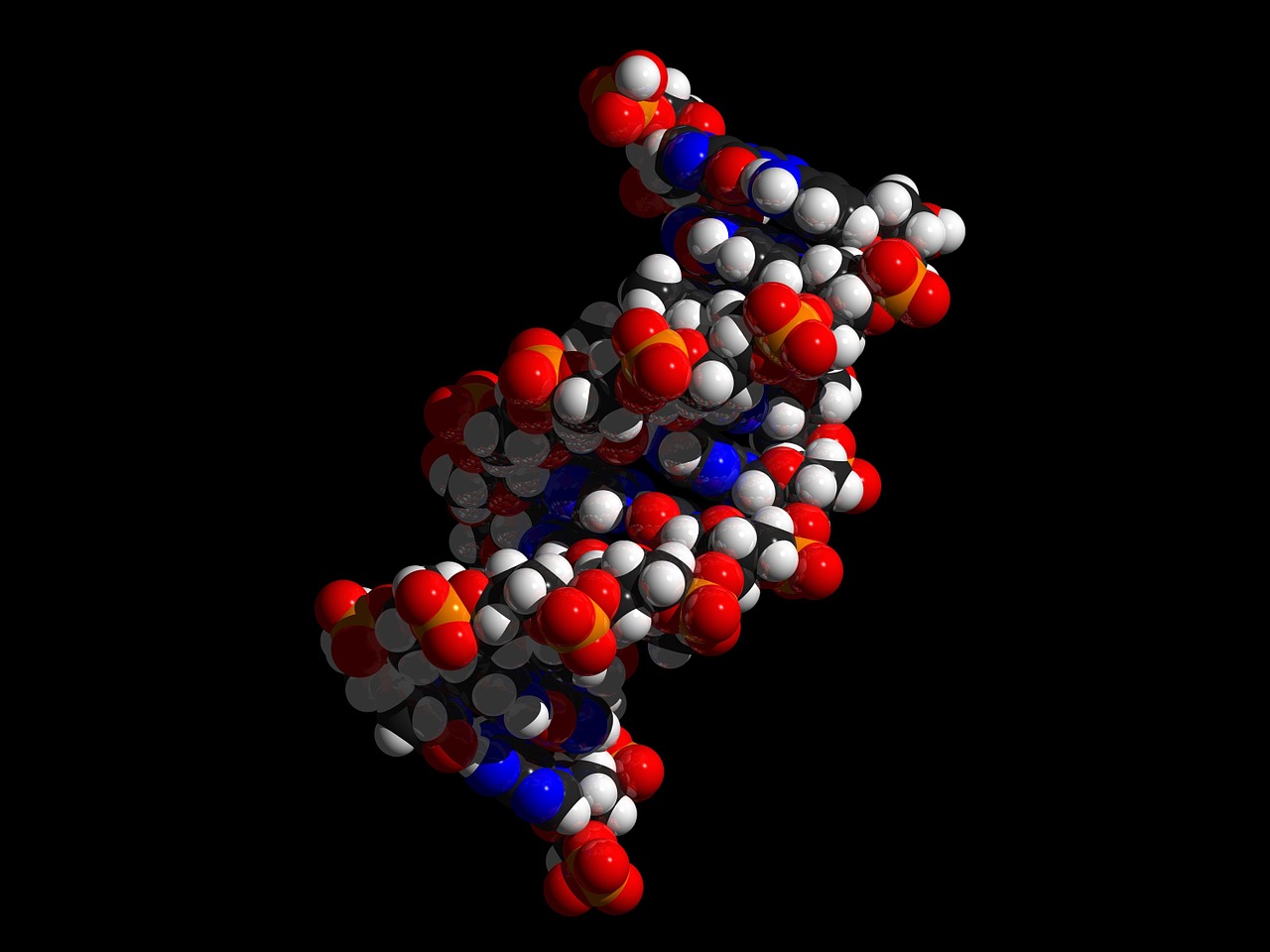Synthetic Gene Drive and Designer Athletes
By Stephen McCarthy, The McCarthy Project 
For all of us who lived in the 1980’s, Rocky in Rocky IV gets absolutely demolished by the genetically and medically-enhanced Russian boxer, but refuses to quit, he wins right? The evil Russians were cheating anyways, right? Within this context, enter synthetic gene drive technology with the capability of creating designer athletes. Oh, I mean genetically modified human beings, we win right?
UPDATE: 5/13/16 New York Times: Scientists Hold Secret Meeting To Create Synthetic Genome
The new technologies like gene drive are editing and changing the DNA of human beings, breaking down ancient boundaries, creating genetically engineered human beings, are they human beings? Frankenstein athletes? Russian boxers?
Designer insects and designer babies, all sound really cool, but the science is not perfect and potentially, has unintended consequences. Furthermore, the question of what will happen to the rest of the athletes who don’t have access to the technology? Or what are the long term health concerns, intended or unintended, for athletes who are touched by a synthetic gene drive organism? What happens to the next generation of athletes who are conceived by the new athletes? And this is just the starter questions.
From the nature angle, listen to my interview with David Epstein of Sports Illustrated on genetics in sport. Or Micheal Much of Rivals.com on nature vs nurture.
I will forever argue that the nurture process is strong enough to overcome the nature process, assuming the nature portion is not genetically engineered. Allow the natural order of true vitalism and the human spirit to be the deciding factors, not genetic modification.
The ultimate question for athletes is would you like to be a designer athlete or compete against a designer athlete? Is this ethical? As far as food is concerned, it may look like a banana, but is it really a banana if the foundation building blocks are modified? Moreover, it may look like a human, but is it really a human being?
Here are a couple quotes to start your research:
From The Independent:

You must be logged in to post a comment.